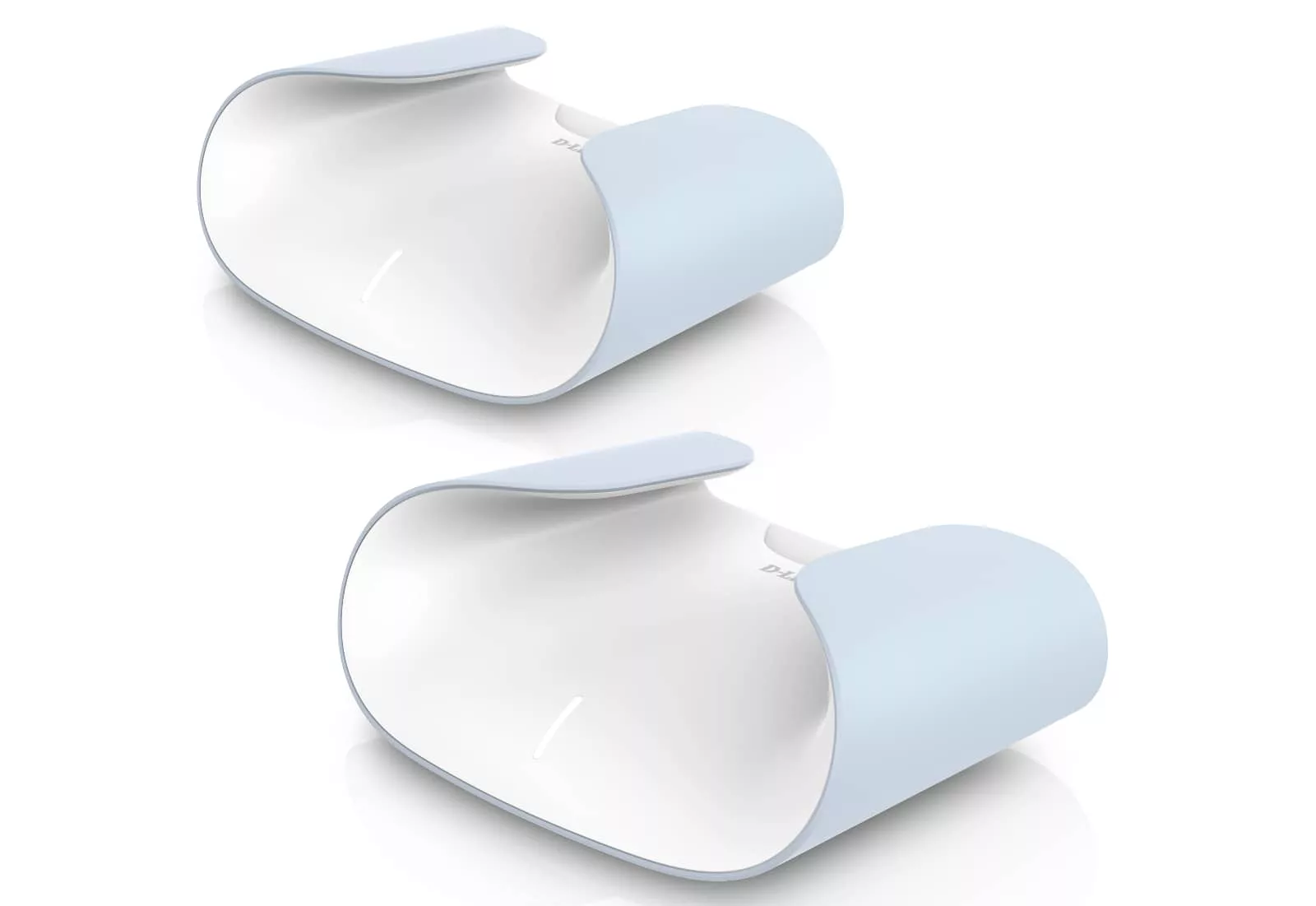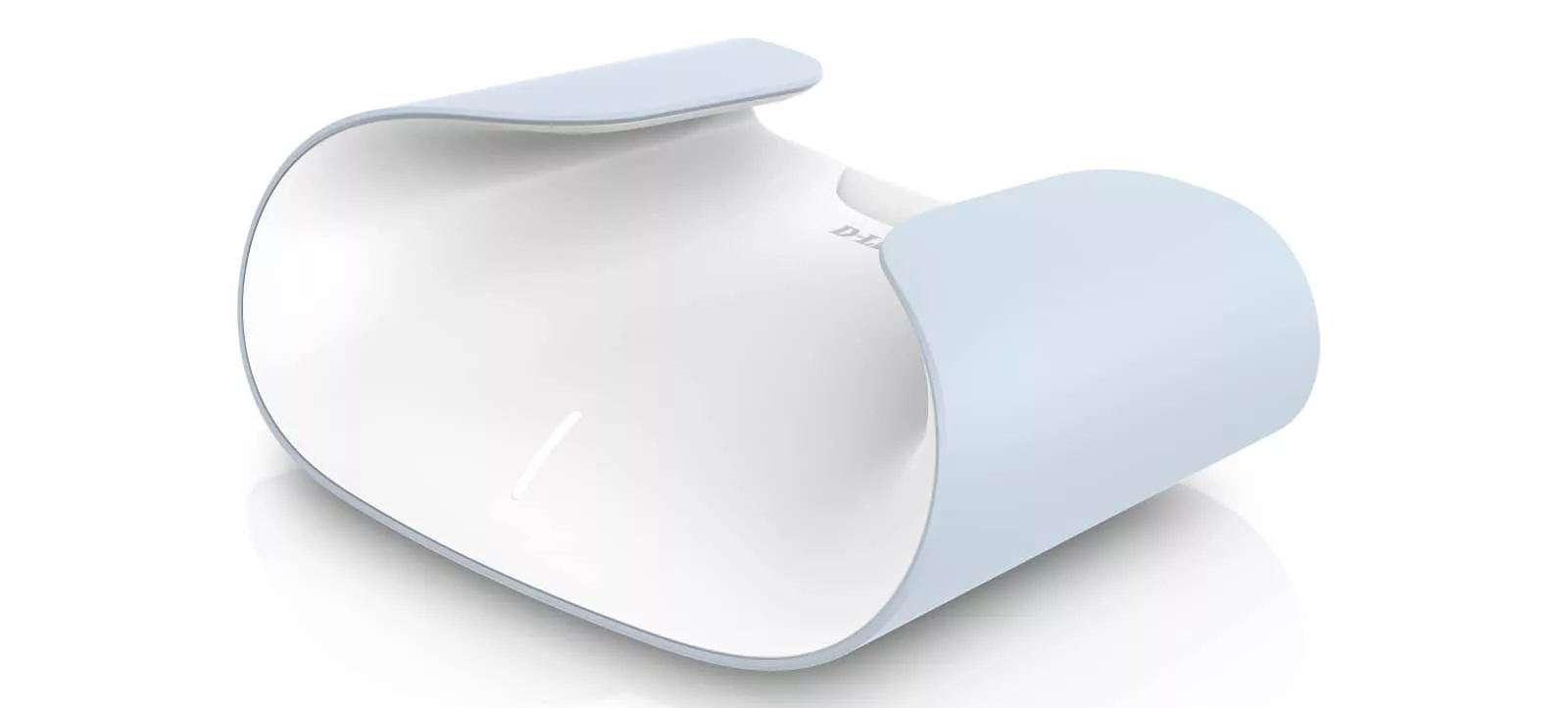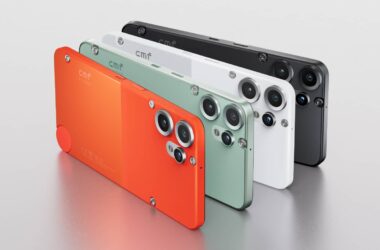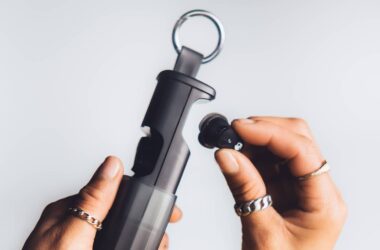How do you make the router more than just a functional piece of hardware in the home? By giving it form, which appears to be what D-Link has in its latest mesh router.
Consistency is typically a good thing, but when it comes to network gear, consistency in design can be a little less solid. We’re all for throwing in the best hardware you can find, but when it comes to network gear, the wireless routers made for the home can often be lacking in the aesthetics department.
Wireless routers are often angular and bulky things, designed to deliver solid antenna and wireless coverage as opposed to looking pretty, but the times they are a-changing.
Devices are getting softer, sleeker, and smoother, as WiFi hardware makers wake up to the idea of better design for the devices that supply crucial services, such as wireless networking in our homes.
D-Link has been dabbling for a while, and its recent Covr mesh devices have become like that, with little white boxes that you can hide in bookshelves and let them do their jobs, but its latest gear is a touch more interesting.

Taking the name of its former Eagle router and running it through the Latin translator, its Aquila routers are a little bird like in design, giving them a different look that could sit comfortably on a table or counter as opposed to simply being hidden.
Arriving in the Aquila Pro M30, the routers include a softened and curved wing that curves over, and yet finds a way to include five internal antennas with intended spherical coverage, built to cover more of the home with WiFi 6 802.11a/b/g/n/ac/ax technology, working from router to router.
Two M30 Aquila Pro devices working in mesh will cover up to 465 square metres, while a three-pack will handle up to 650 square metres, with the Aquila Pro using AX3000 technology, which means as much as 3Gbps of bandwidth for the many devices you connect wirelessly.
There are also four wired devices supported on each, giving wired hardware a way to link up to the wireless network, as well.
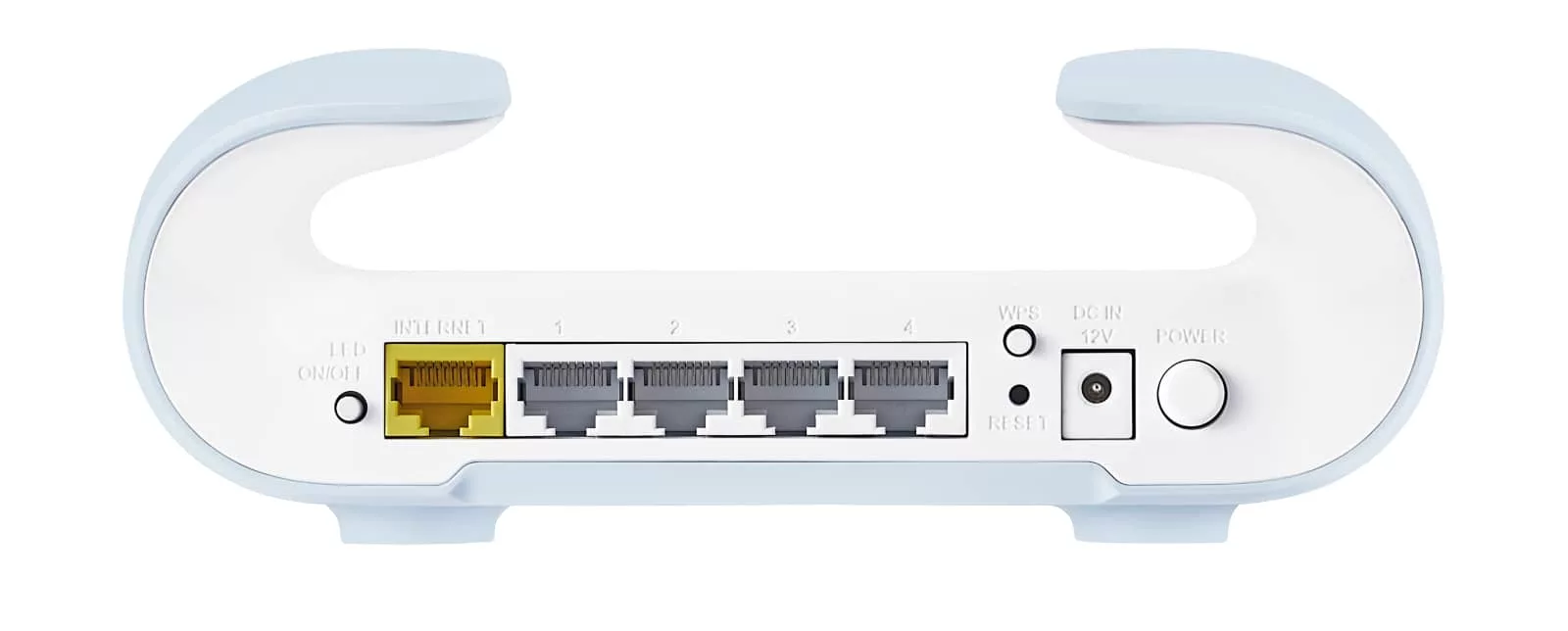
In terms of looks, the Aquila Pro is definitely different, and can be wall mounted, as well, though they’re probably a little less easy to hide than other taller mesh routers. However, D-Link does support expanding the network over time if needed, thanks in part to the way mesh can be added to over time.
If that only starts with a two pack, you’ll find it in stores for $399.95 in Australia, while a three pack will cost $549.95, with what we suspect will be a single model arriving for slightly less later on.
